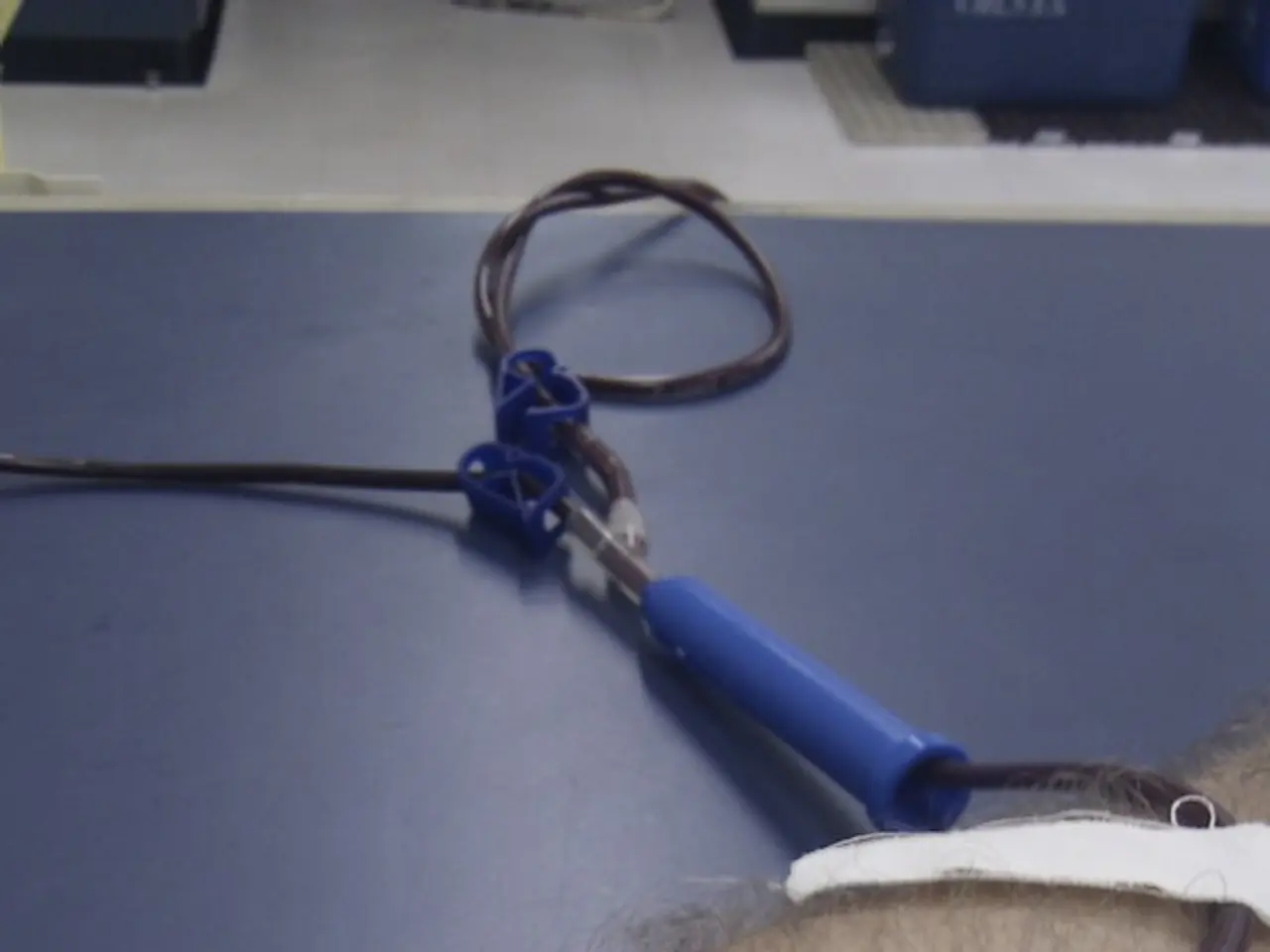Understanding Kidney Dialysis: A Guide
Dialysis is a crucial medical treatment that takes over the essential functions of the kidneys when they can no longer maintain the body's balance of fluids, electrolytes, and waste products. For patients diagnosed with chronic kidney disease (CKD), understanding the different types of dialysis available – Hemodialysis and Peritoneal Dialysis – is essential.
Hemodialysis: A Clinic-Based Approach
Hemodialysis is the most common form of dialysis, involving a machine to filter waste and excess fluids from the blood. This treatment typically requires visits to a dialysis center three times a week. Hemodialysis rapidly removes excess fluid and toxins, making it suitable for acute fluid overload or patients needing rapid correction. However, it can cause hemodynamic instability such as blood pressure fluctuations, arrhythmias, or intradialytic hypotension, especially in patients with heart failure or vascular disease.
Peritoneal Dialysis: Home-Based Flexibility
Peritoneal dialysis, on the other hand, uses the lining of the abdomen as a natural filter and can be done at home, offering more independence and flexibility in daily life. This method provides more gradual, continuous fluid removal, which may better preserve hemodynamic stability and reduce sudden blood volume/pressure changes, benefiting patients prone to cardiovascular instability or acute coronary syndromes.
Choosing the Right Dialysis Method
When choosing between hemodialysis (HD) and peritoneal dialysis (PD), key factors to consider include medical condition and stability, lifestyle preferences, support system, and treatment setting. Successful PD needs a clean home environment, patient or caregiver capability to manage the procedure, and reliable support. HD in a clinical setting requires less patient technical involvement but depends on transportation and access to the dialysis center.
Dietary adjustments are crucial for dialysis patients, and working with a dietitian to understand what foods to include or avoid is important. PD often allows for a more liberal fluid intake and diet compared to HD due to its continuous nature and slower fluid removal, which can improve nutrition and appetite.
In summary, choosing between HD and PD depends on balancing medical stability (especially cardiovascular risks), lifestyle needs (home vs. clinic, daily schedule), support and environment for care, vascular or peritoneal access, and personal preferences. Nephrologists tailor recommendations to the individual’s clinical status and life circumstances to optimize outcomes and quality of life.
Living with Dialysis
Living with dialysis requires adjustments to a new routine, including dietary changes, fluid restrictions, and emotional impact management. Mental preparation involves educating yourself about the dialysis process to alleviate fears and help you feel more in control. Discussing these options with your healthcare provider can help you choose the best method for your lifestyle and medical needs.
Having a strong support system is vital for anyone undergoing dialysis. This can include family, friends, healthcare team, and support groups. Understanding the side effects of dialysis, such as fatigue, muscle cramps, and low blood pressure, can help in managing them effectively.
[1] Foley, R. N., & Hostetter, T. H. (2016). Hemodialysis and peritoneal dialysis: A comparison of their clinical features. Seminars in Nephrology, 36(5), 415-422.
[2] Kaysen, G. B., & Kaysen, S. A. (2015). Home dialysis: A patient's guide. John Wiley & Sons.
[3] Ronco, C., Bellasi, G., & Ronco, D. (2014). Peritoneal dialysis. The Lancet, 384(9949), 1479-1488.
[4] Tangri, N., Foley, R. N., Finkelstein, F. D., & Kasiske, B. L. (2017). Kidney Disease: Improving Global Outcomes (KDIGO) 2017 Clinical Practice Guideline for the Diagnosis, Evaluation, Prevention, and Treatment of Chronic Kidney Disease–Kidney Replacement Therapy (KDIGO 2017 CKD-KRT Guideline). Kidney International, 91(3), 537-638.
[5] Wittich, P. J., & Liu, S. (2017). Home dialysis: A patient's guide. American Journal of Kidney Diseases, 70(1), 1-17.
Science shows that the choice between Hemodialysis (HD) and Peritoneal Dialysis (PD) depends on factors like medical condition and stability, lifestyle preferences, support system, and treatment setting. In terms of health and wellness, successful PD requires a clean home environment and patient or caregiver capability, while HD in a clinical setting demands less technical involvement but relies on transportation and access. Nutritional considerations are significant, as PD often allows for a more liberal fluid intake and diet compared to HD, leading to improved nutrition and appetite.




